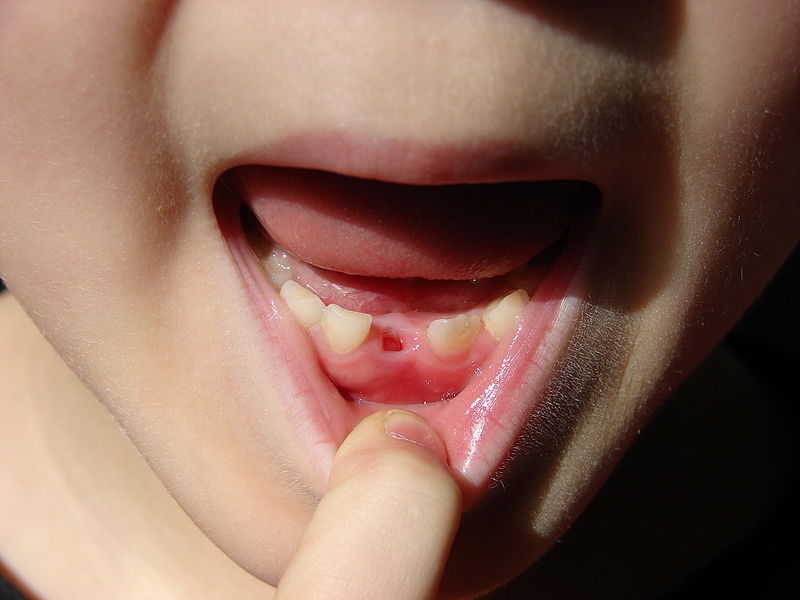We're open daily! View holiday hours
Science News
Annual Teeth
May 15, 2013
by Molly Michelson

Imagine losing and regrowing teeth every year. You might feel less guilty when you forget to floss. Indeed, most vertebrates experience such guilt-free existence because, unlike humans, they can replace teeth throughout their lives. (No wonder there’s no call for dentists in the animal world!)
“Humans naturally only have two sets of teeth—baby teeth and adult teeth,” says Dr. Cheng-Ming Chuong, director of the Laboratory of Tissue Development and Regeneration at the University of Southern California (USC). “Ultimately, we want to identify stem cells that can be used as a resource to stimulate tooth renewal in adult humans who have lost teeth. But, to do that, we must first understand how they renew in other animals and why they stop in people.”
To understand how teeth regenerate in other animals, Chuong and his colleagues looked to a very toothy vertebrate—the American alligator. Alligators have well-organized teeth with similar form and structure as mammalian teeth and are capable of lifelong tooth renewal. “They have 80 teeth, each of which can be replaced up to 50 times over their lifetime, making them the ideal model for comparison to human teeth,” explains Dr. Ping Wu, who collaborates with Dr. Chuong at USC.
Using microscopic imaging techniques, the researchers found that each alligator tooth is a complex unit of three components—a functional tooth, a replacement tooth, and the dental lamina (the band of tissue crucial to tooth development). The tooth units are structured to enable a smooth transition from dislodgement of the old tooth to replacement with the new tooth. The researchers identified that new replacement teeth develop from stem cells within the alligator dental laminae.
“In the future, we hope to isolate those cells from the dental lamina to see whether we can use them to regenerate teeth in the lab,” says another USC researcher, Randall B. Widelitz. The scientists hope to use this research to stimulate tooth regeneration in people with missing choppers.
The study is published this week in the Proceedings of the National Academy of Sciences.
Image: David R. Tribble/Wikipedia